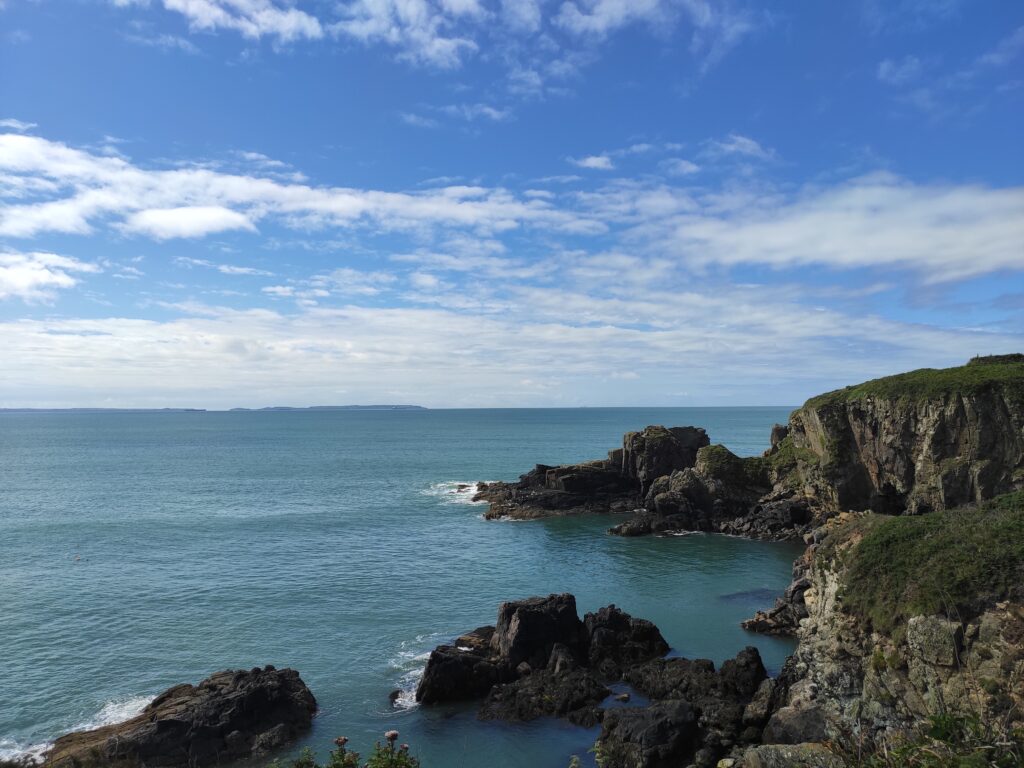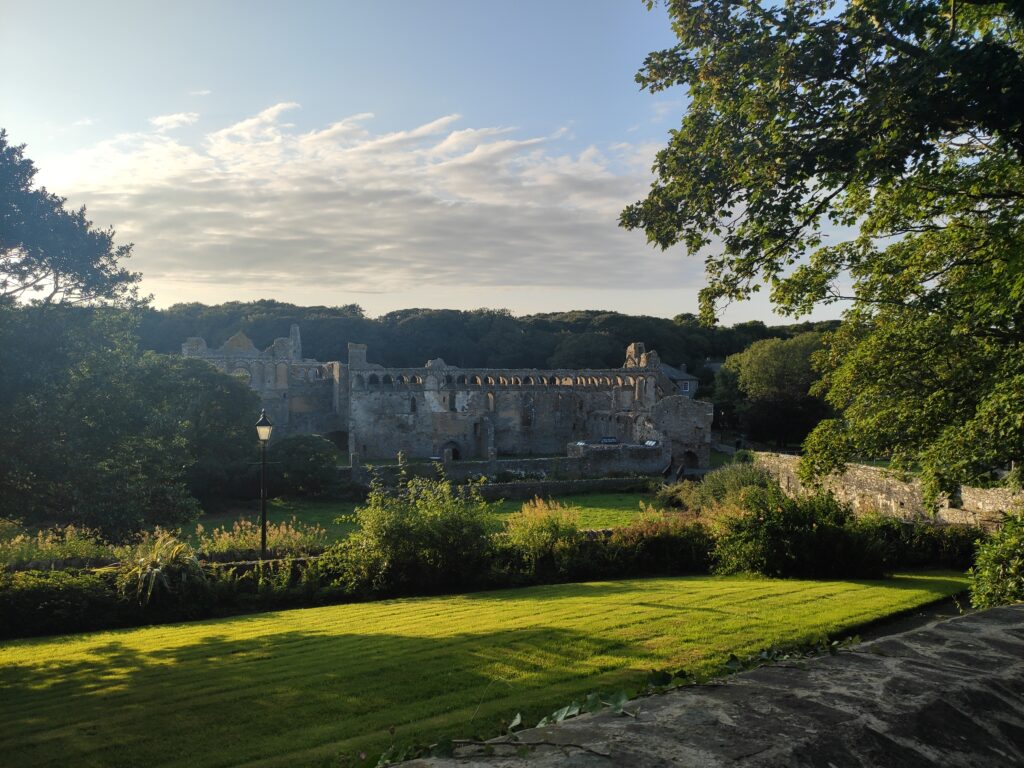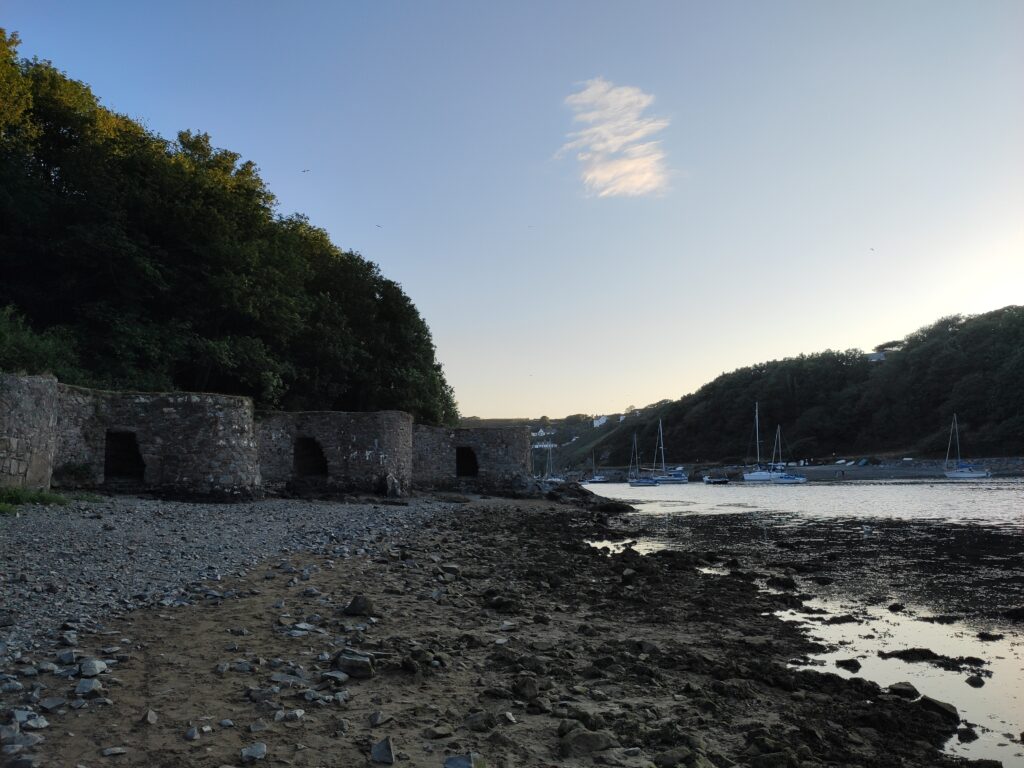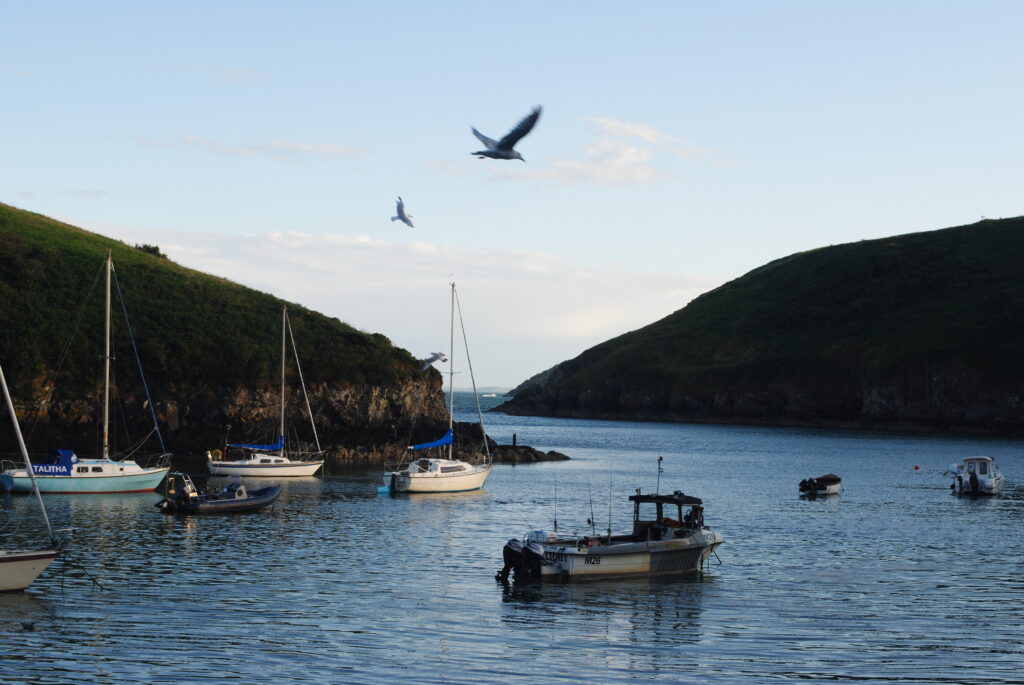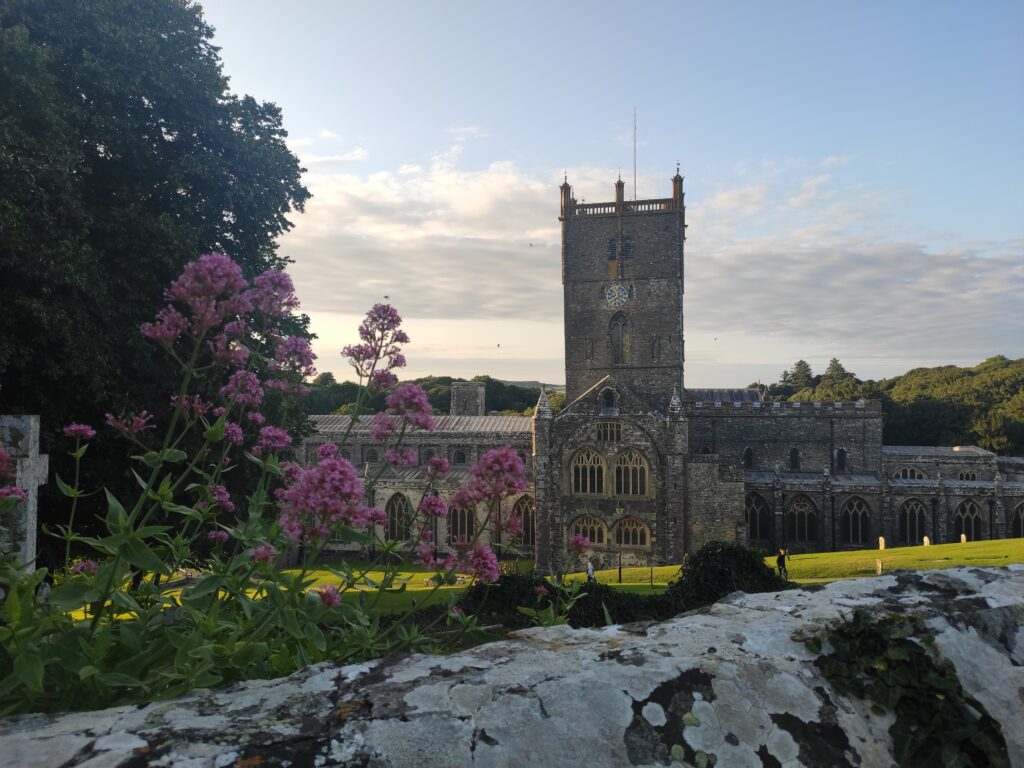Pembrokeshire
With relatives that live in Pembrokeshire, many a holiday of mine has been spent in this wonderful part of the country. Always looking for things to do on both the sunny and rainy days during the summer months, I have grown up with an inbuilt knowledge of places to go in Pembrokeshire. From exploring historic castles with fascinating stories to the wild open beaches with endless rockpools. I’ll start with a place I’ve only visited once in recent years which is right out of a film set.
Freshwater West Beach

Dobby’s beach, known officially as Freshwater West Beach, is a stunning place with magnificent sand dunes which make you feel like you’re in a different world. It is no surprise that it was used in Harry Potter and the Deathly Hallows: Part One and is a suitable location for the resting place for this beloved character. There is a grave to Dobby which I did not get to see upon my visit. Apparently this memorial is impressive but it is asked if you visit to only view and not add anything to the memorial due to environmental reasons.
Pembroke Castle
This historically significant castle is managed by a Pembroke Castle Trust and is open for visitors to explore. After paid entrance, free guided tours are run throughout the day. It is famously known for being the birthplace of Henry VII, who began the Tudor dynasty ending the War of the Roses.
The Wogan
A feature of the castle that is utterly unique to Pembroke Castle is that it is built over a natural cavern called the Wogan. This is important historically in its own right. Due to recent excavation in the cave, evidence of early prehistoric occupation has been revealed. Stone tools from some of the first humans to occupy Britain during the Last Ice Age have been found. When I visited, we went down to the cavern by a small spiral staircase accessible from the castle. When you’re there, you can use some imagination to take yourself back in time to see the different eras of the cave’s life and the humans who have used it.
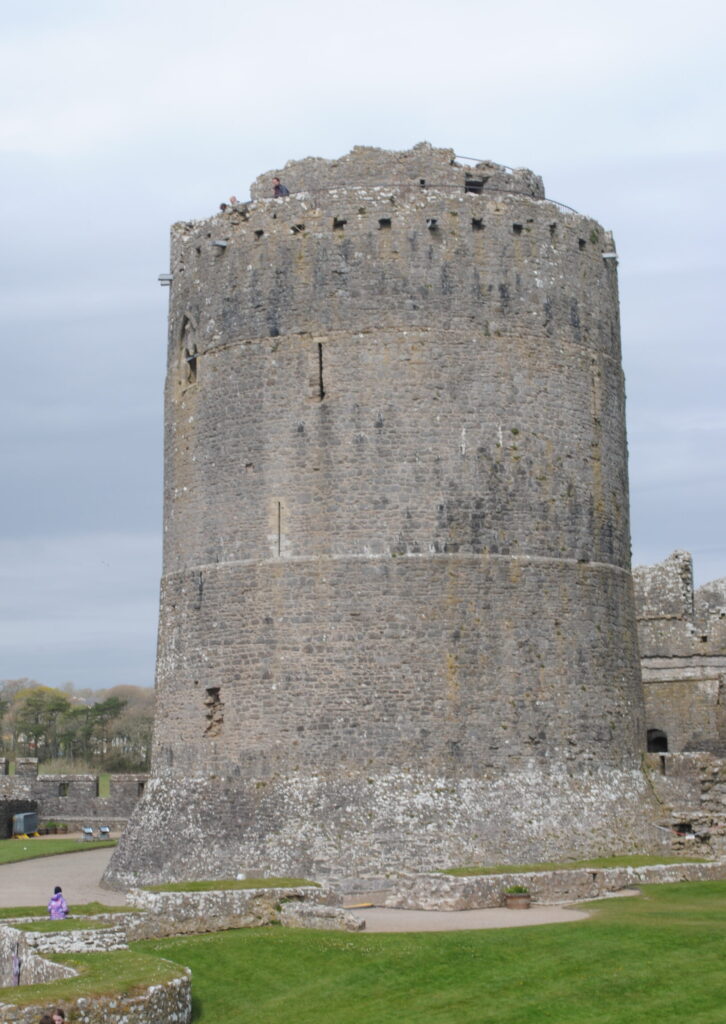
The cavern has also been used for filming including the fantasy TV show Discovery of Witches. As well as this, the concept of a cavern under a castle reminded me of the BBC show Merlin where a dragon is kept under the castle. From this I also remembered the story which is often attached to the Welsh red dragon that is displayed on the flag of Wales. The tale is of the King Vortigen who attempts to build a castle at Dinas Emrys. Despite his attempts, every time a wall is built it is found knocked down the next morning. He is advised by a boy, which he was originally told to sacrifice, that if he were to dig under the foundations of the castle he’d find two sleeping dragons in a lake that were shaking down the walls in their slumber. The king digs and finds a white and red dragon as the boy predicted under the castle. The dragons woke up angry and began to fight each other. In the end, the red dragon killed the white dragon. The boy who gave the king this advice was a magician himself named Myrddin Emrys, otherwise known as Merlin. There have been many disputed origins and versions of this story but the magical and violent nature of the countryside of Wales still rings true now.
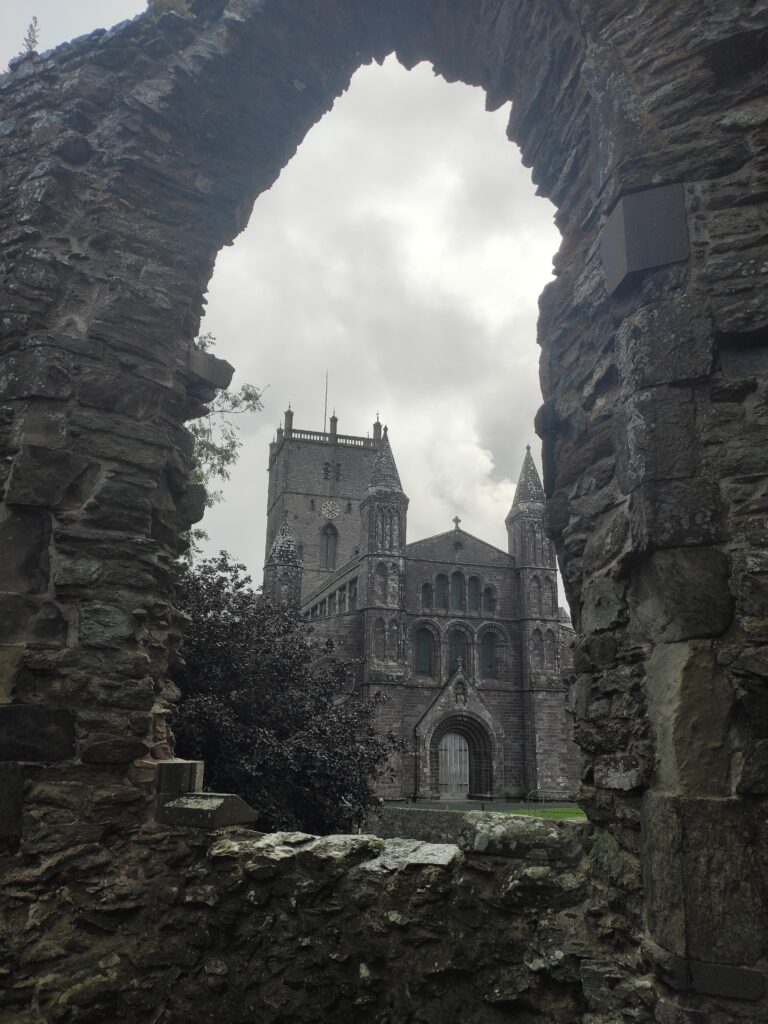
St Davids
St Davids is the smallest city in Britain and has been a well-tread destination for pilgrimage since the mediaeval times. This is all due to the stunning cathedral of the patron saint of Wales. In times, especially before Henry VIII split from the catholic church known as the Reformation, people widely believed that being close to a saint would bring them closer to god. St David’s remains were placed in the cathedral along with a shrine. In 1120, Pope Calixtus II canonised St David and made the two pilgrimages to St Davids the equivalent to a pilgrimage to Rome. This sent thousands to flock to St Davids.
Next to the cathedral, you will be able to see the remains of the Bishop’s Palace which is currently maintained by English Heritage. In its prime, the grandeur of the Bishop’s Palace would have rivalled the cathedral and this was its purpose as the seat of the most prestigious job in Wales as the Bishop of St Davids. Echoes of this can still be seen. While exploring, I thoroughly enjoyed climbing up all the different towers in the monument as there are quite a few. I would definitely take caution because a few are quite tight but are well worth the squeeze for the views at the top. If you get the time, it’s well worth a trip to the cathedral and around the Bishop’s Palace at night to listen for the bats that live in the old walls. Again not for the faint of heart as the graveyard is a little spooky.
St Davids itself, uphill from the cathedral, is full of lots of restaurants and shops which are bustling in summer months. Our favourite café is the Mill Café which in recent years relocated to St Davids from Trefin and we revisit it every year especially for breakfast. At the other end of St Davids, there is the Oriel y Parc Visitors Centre and Gallery which is a great place to start if you’re new to the area.
A special mention to the Solva Woolen Mill shop which is located further up the high street in the old police station. This shop is run by the owners of Solva Woolen Mill which is located at the address: Middle Mill, Solva, Haverfordwest SA62 6XD. This is well worth a visit as the oldest running mill in Pembrokeshire to see the looms in action as they make high quality runners and rugs. It also has a lovely tearoom and a restored waterwheel. From there, you can also visit the village of Solva which is only a short distance away. The harbour of Solva has some amazing walks and is a great spot for crabbing.
